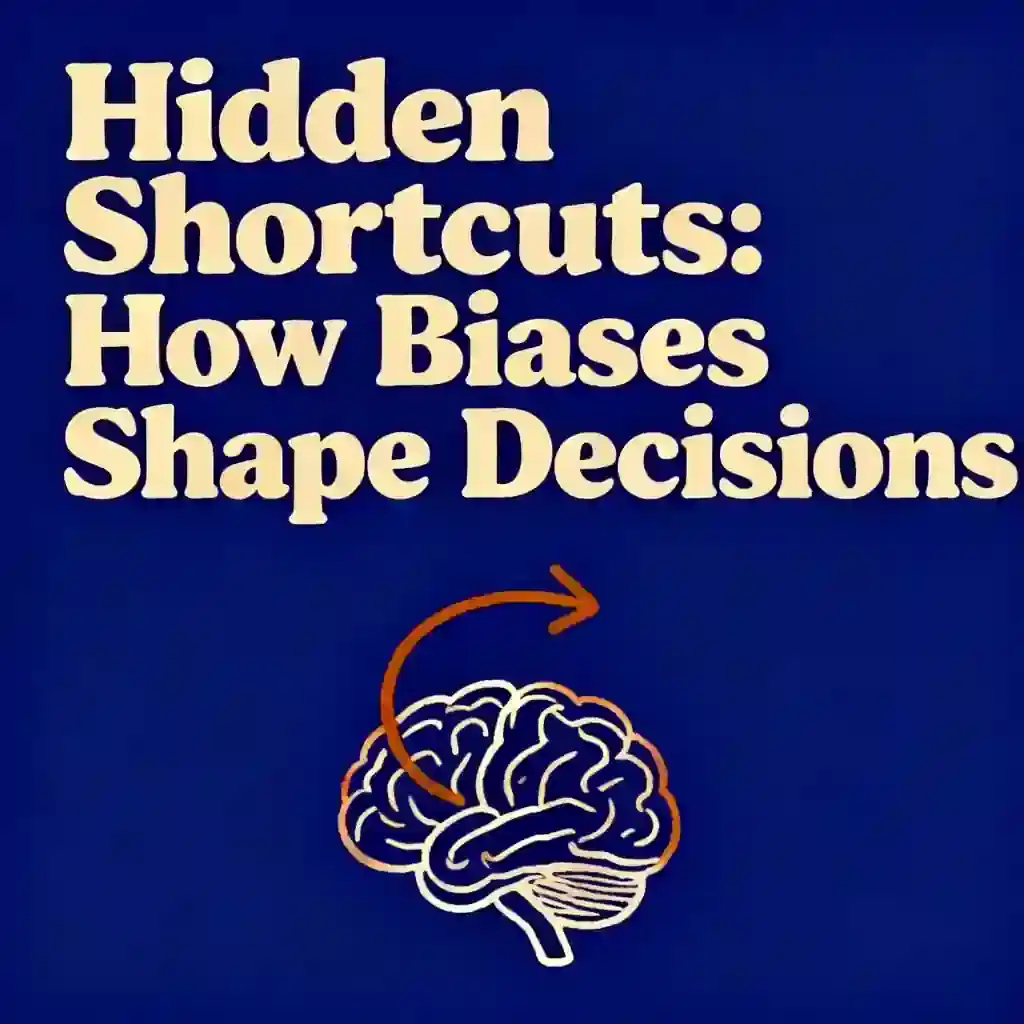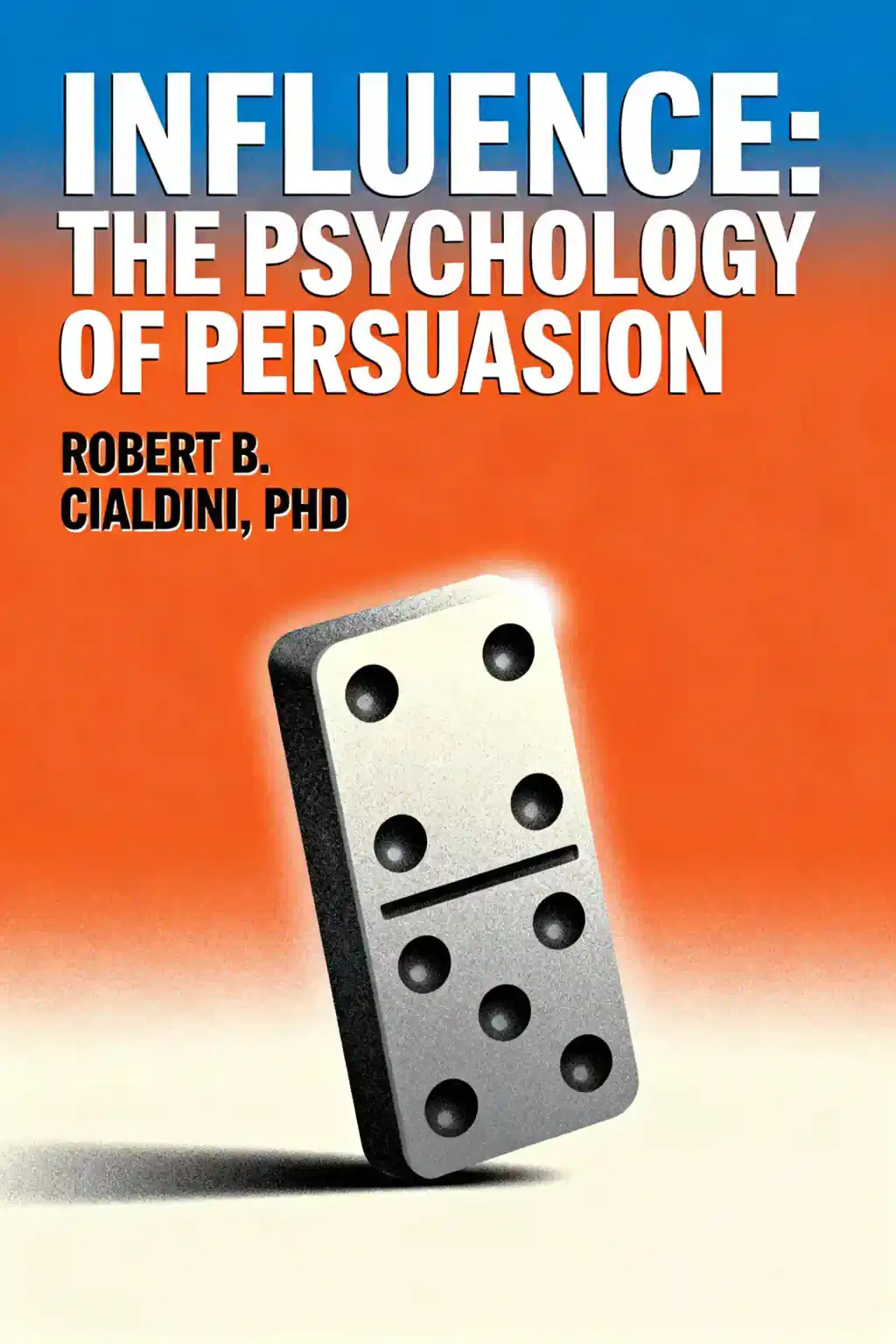What is
Effective Decision-Making by Edoardo Binda Zane about?
Effective Decision-Making provides a toolkit for making confident choices under pressure, combining decision models like the OODA Loop and GROW framework with strategies to counter biases like confirmation bias. It emphasizes structured problem-solving, creative brainstorming, and team collaboration to navigate uncertainty while avoiding analysis paralysis.
Who should read
Effective Decision-Making?
This book is ideal for leaders, entrepreneurs, and teams needing to streamline decisions in high-stakes environments. It’s particularly valuable for those managing remote teams, rapid business pivots, or innovation-driven projects where clarity and speed are critical.
Is
Effective Decision-Making worth reading?
Yes—it offers actionable, research-backed techniques (like cost-benefit analysis and futures wheel mapping) without requiring extensive study. Professionals in fast-paced industries like tech, consulting, or startups will find its bias-mitigation tools especially practical.
What decision-making frameworks does the book teach?
Key models include:
- OODA Loop (Observe-Orient-Decide-Act) for rapid situational adaptation.
- Recognition-Primed Model to leverage intuition in crisis scenarios.
- GROW Model (Goal-Reality-Options-Will) for structured problem-solving.
How does the book address cognitive biases?
It tackles biases like the Dunning-Kruger effect (overconfidence) and confirmation bias through exercises like Plus-Minus-Interesting assessments and decision trees. The author provides checklists to objectively evaluate options, reducing reliance on gut reactions.
Can
Effective Decision-Making help teams make better choices?
Yes—it outlines protocols for collaborative problem-solving, including ideation sprints and impact assessment matrices to align diverse stakeholders. The “Strategic Clarity” section teaches how to balance speed and thoroughness in group decisions.
What real-world applications does the book emphasize?
Case studies focus on business scenarios like risk assessment during expansions, conflict resolution in remote teams, and resource allocation under budget constraints. Tools like cost-benefit analysis are contextualized for agile project management and startup pivots.
How does this book compare to
Thinking, Fast and Slow?
While Kahneman’s work explores cognitive psychology in depth, Binda Zane prioritizes executable tactics for time-constrained professionals. Effective Decision-Making is more suited to readers seeking a playbook rather than theoretical insights.
What criticisms exist about
Effective Decision-Making?
Some reviewers note the book assumes baseline leadership experience, making it less accessible to entry-level professionals. Others highlight its tech-sector bias, though the author provides adaptation tips for nonprofits and government roles.
How does the book handle decision-making under time constraints?
The “Pinpoint and Solve” section teaches rapid root-cause analysis using fishbone diagrams and 5 Whys techniques. It also details when to deploy heuristic shortcuts versus data-driven approaches to meet deadlines without sacrificing quality.
What unique tools does the book offer for entrepreneurs?
- Futures Wheel: Visualize second-order consequences of high-risk decisions.
- Idea Grids: Systematically compare innovation opportunities based on feasibility and market gaps.
- Pressure Testing: Stress-test assumptions through role-played worst-case scenarios.
Why is
Effective Decision-Making relevant in 2025?
With remote work and AI-driven market shifts increasing decision complexity, the book’s hybrid human/analytical approach addresses contemporary challenges like decentralized team alignment and ethical AI integration. Updated case studies cover post-pandemic recovery strategies.















